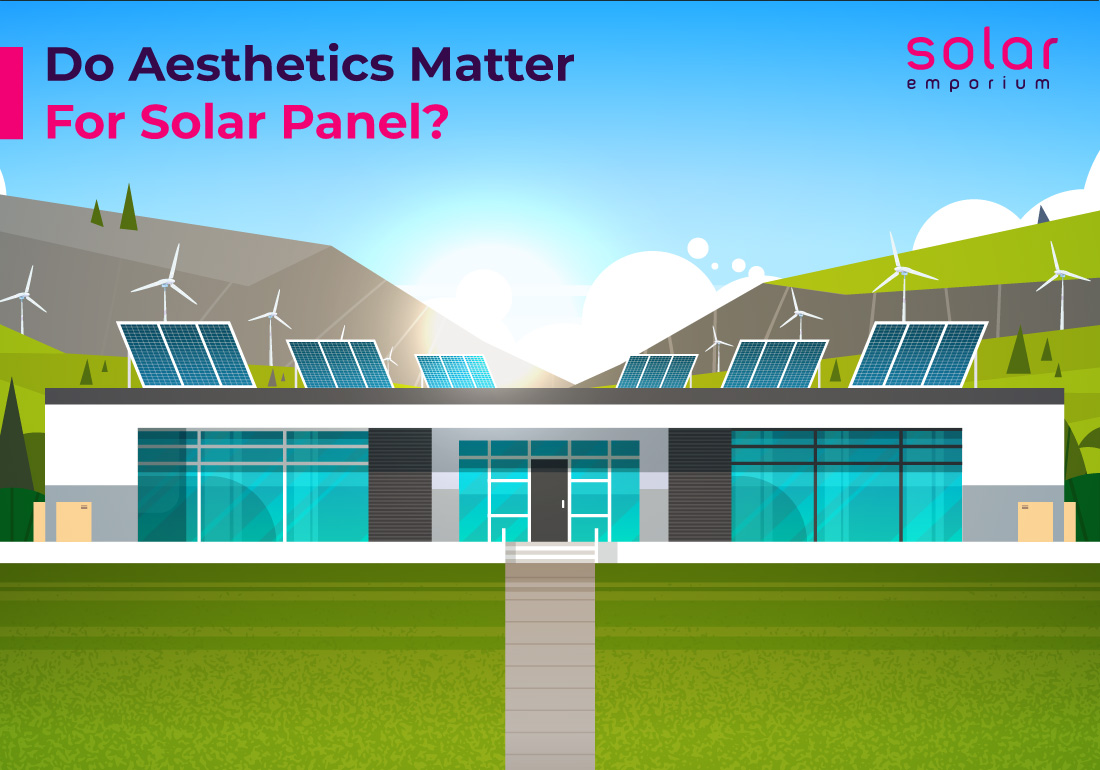According to the majority of Australians, the aesthetics of solar panels have previously discouraged them from going solar.
Homeowners are often well aware of the environmental benefits of solar photovoltaic (PV) panels. Still, the decision to go solar is frequently interrupted by the fear of ruining the aesthetics of a home.
So do aesthetics matter for solar panels? Do customers actually care about the appearance of their solar panels?
Well, solar panels’ aesthetics are essential because they are very evident and noticeable to the owners. These are usually mounted in prominent locations where people can see the displayed panels.
In a recent study, many respondents were shown various panel images. They were shown the panels alone and panels on roofs. The findings showed consumers prefer black panels with rounded corners and even-surfaced cells. They are also willing to pay more for a more aesthetically pleasing system.
The results were even more impressive when respondents saw panels on a roof, rather than just pictures of the panels. Contextualized images made the difference.
Appearance is important to homeowners. So much so, that they are willing to forgo performance for a better-looking solution. This is the most significant takeaway from this study. These findings believe that aesthetics are a crucial selling point for homeowners.
Another critical takeaway for installers is the significance of visuals. In fact, the visual presentation can influence a homeowner’s opinion of solar in general.
Today’s markets offer many options to maintain the look of solar panels and the buildings they are mounted on. Additionally, future markets will offer similar options.
Performance, rather than aesthetics, has traditionally influenced PV system design. But as the desire for appealing solar panels are growing. And many creative solar companies and architects are designing systems to complement the building.
Some technology includes making panels totally invisible! There are mainly two ways of making the panels discreet. a) placing them on the rear end of the roof and b) combining them as an architectural structure.
The PV panels can be integrated into the building, providing views through the panels, shade, and rain protection. Conventional building materials, such as roof skylights, can be incorporated with solar cells, lowering the cost of going solar.
And the initial cost can be balanced by reducing the amount spent on building materials and labor to construct. This also allows the designer to be creative and fully integrate the PV system into the building’s architecture and construction.
Other options may include thin black film panels with black anodized mounting systems or powder-coated after production. All black designs are more eye-catching than blue ones. And these almost look like the roof, making them more aesthetically pleasing.
PV panels will become not only more efficient but also more aesthetically pleasing in the future. Meanwhile, several strategies are already in process to increase the appearance of solar panels.
Solar Panel Mounting Systems
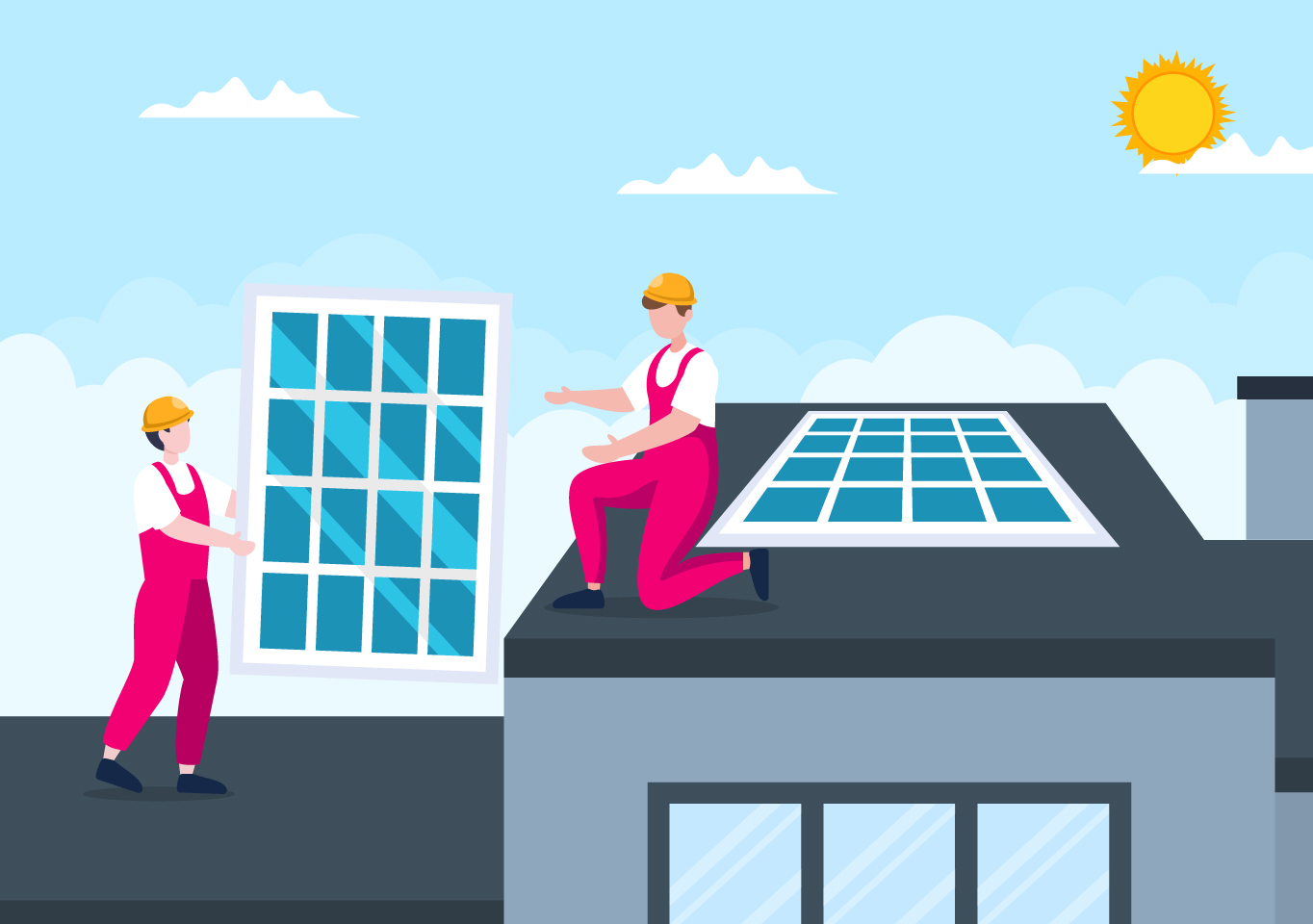
Solar panels’ aesthetic doesn’t just depend on the solar panel type. How installers mount your solar panels can also determine the aesthetical look of your house. This part of the article will explore how solar panel mounting systems can be aesthetically different. We will look at the following:
- On-roof mounting system – This is the standard and most common mounting system. The solar panels are mounted on a frame fixed slightly above the roof’s surface with the on-roof mounting method. It is a cheaper and faster system to integrate solar panels on an existing rooftop.
- In-roof mounting system – This is also known as a roof-integrated or semi-integrated mounting system. In-roof mounting systems use solar panels and a frame system to create a watertight roof covering. This means the solar panels are much lower on the roof and appear more discreet. This looks especially pleasing with an all-black solar panel.
- Freestanding mounting systems – Freestanding solar panel systems are not attached to a pitched roof structure like other systems. Solar panels are commonly used on flat roofs or in ground-mount systems. The angle of the solar panels is adjusted to maximize the amount of solar energy they produce. Depending on how you position the panels, the aesthetic value increases.
Solar Panel System Aesthetics Types
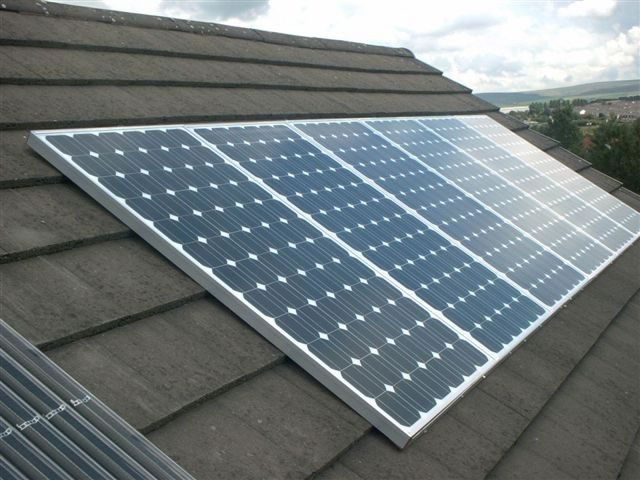
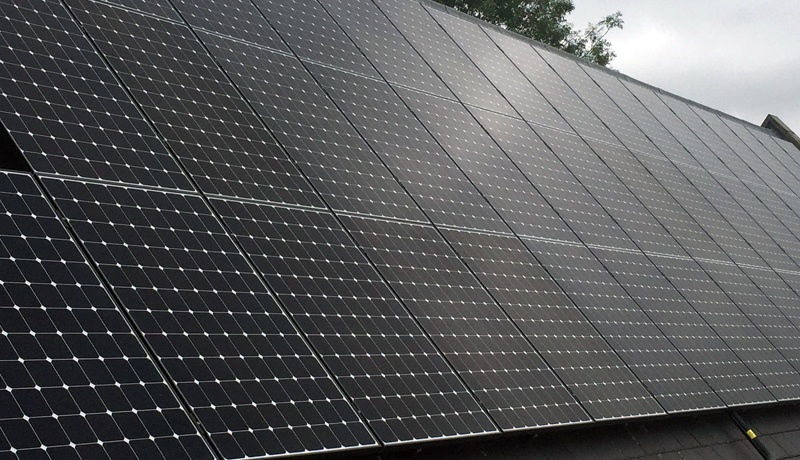
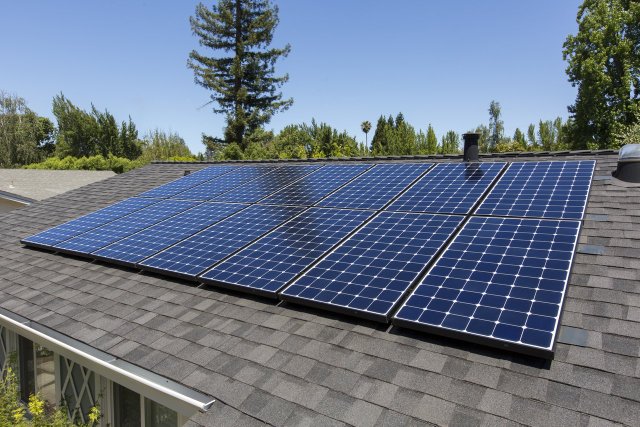
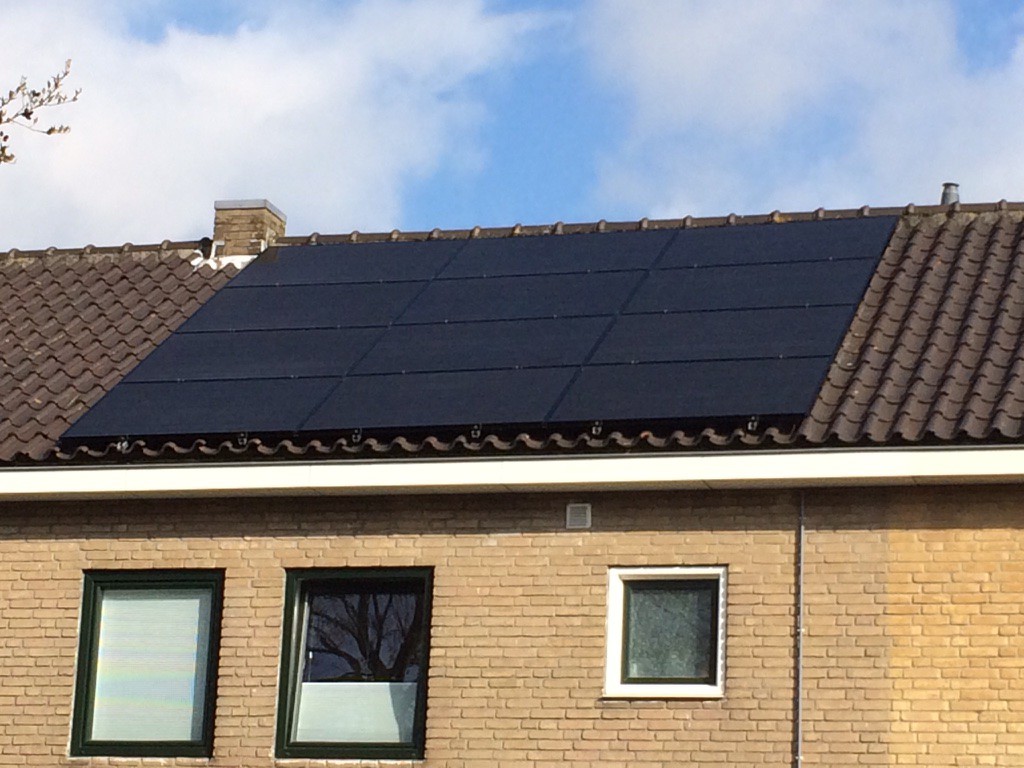
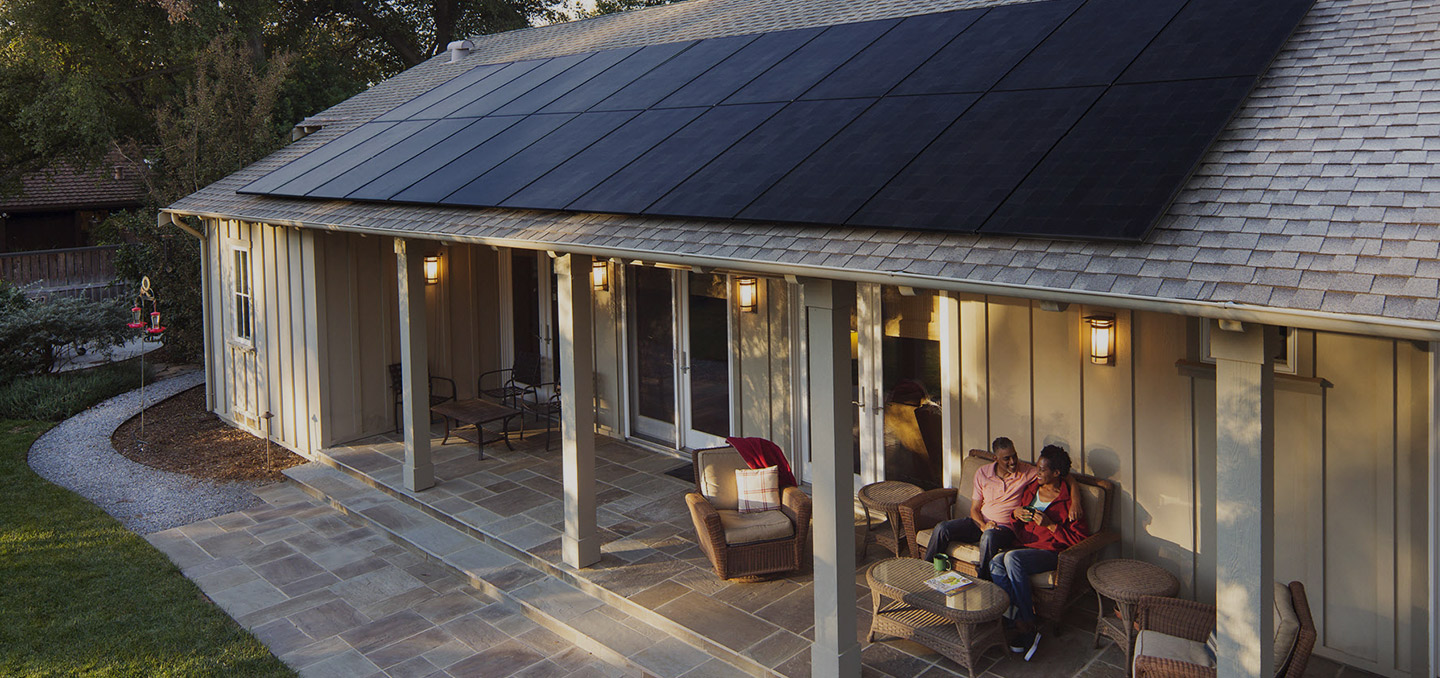
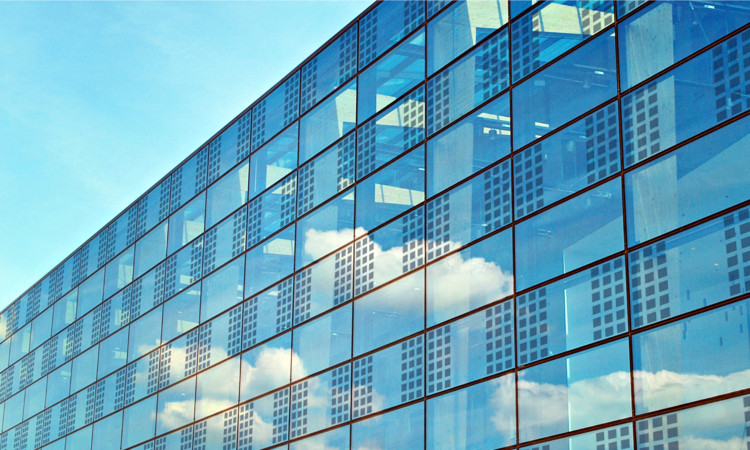
Building Integrated Photovoltaics (BIPV)– It is a type of solar technology. It replaces traditional building materials such as glass or external cladding. Using BIPV to design buildings makes the solar element more subtle. Because BIPV projects are much more customized than standard solar panel installations, the design phase is much more critical.
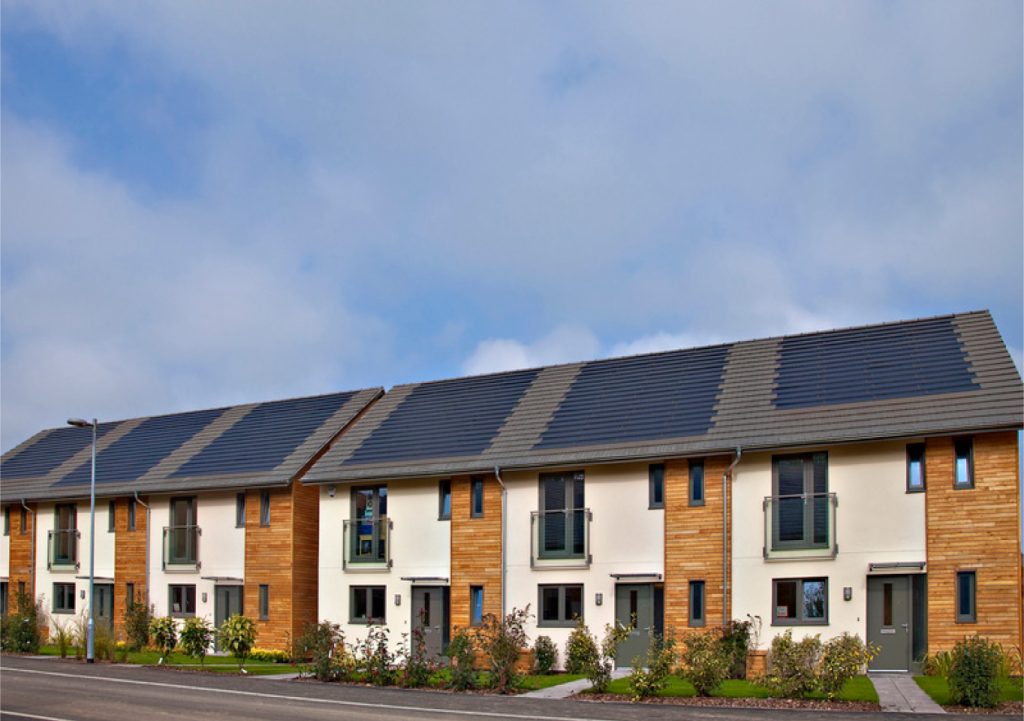
Solar Tiles – Solar tiles are roof tiles that incorporate solar photovoltaic cells. The tiles are strung together to create a solar array like standard solar panels. The aesthetics of solar tiles over traditional solar panels are their primary advantage. These can be very discrete and blend into the building and surrounding environment.
Solar Emporium has multiple solar packages with many aesthetic panels like Trina and Jinko. Click the link below to get in touch with our solar experts. And get the most aesthetic-looking panels for your home.
